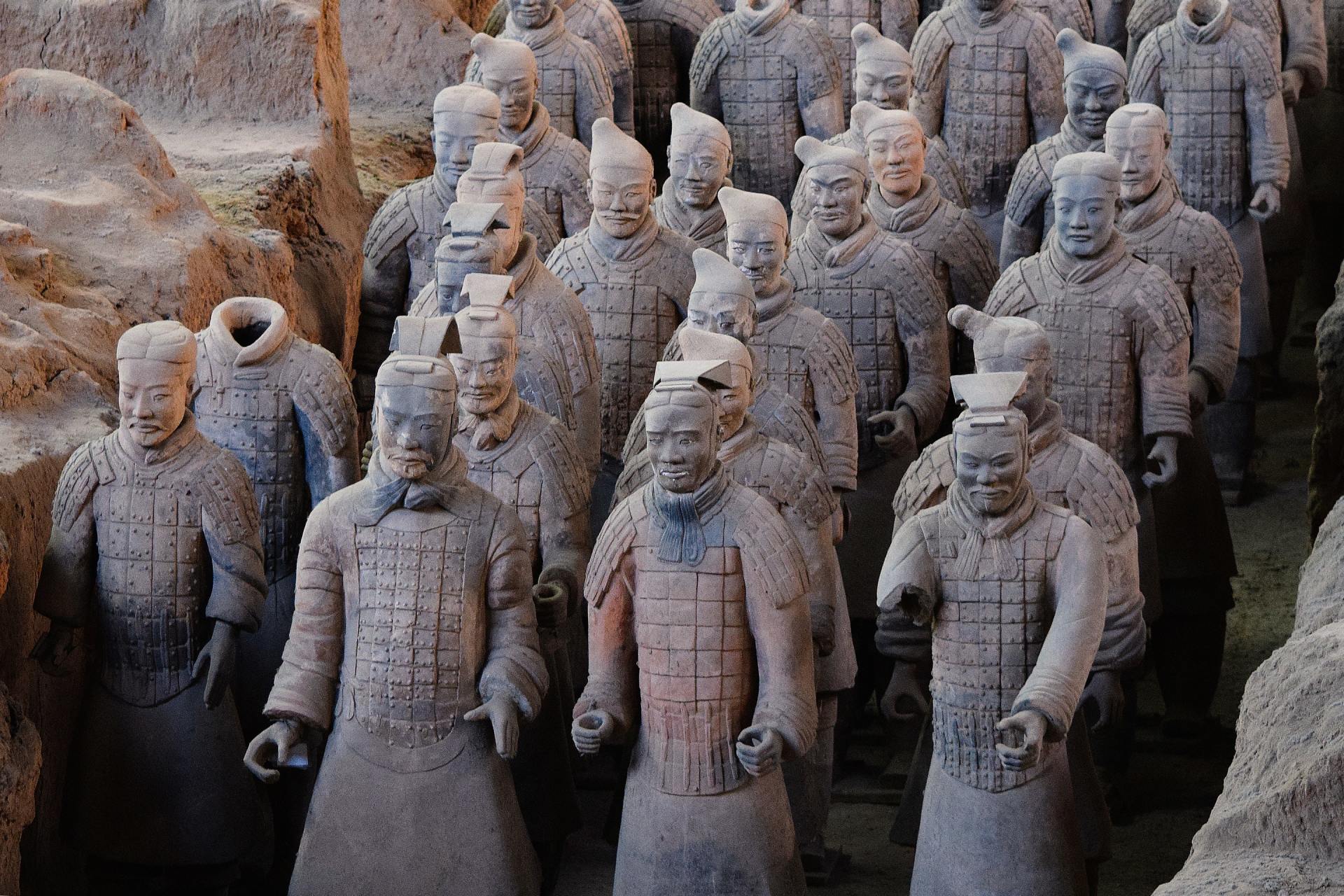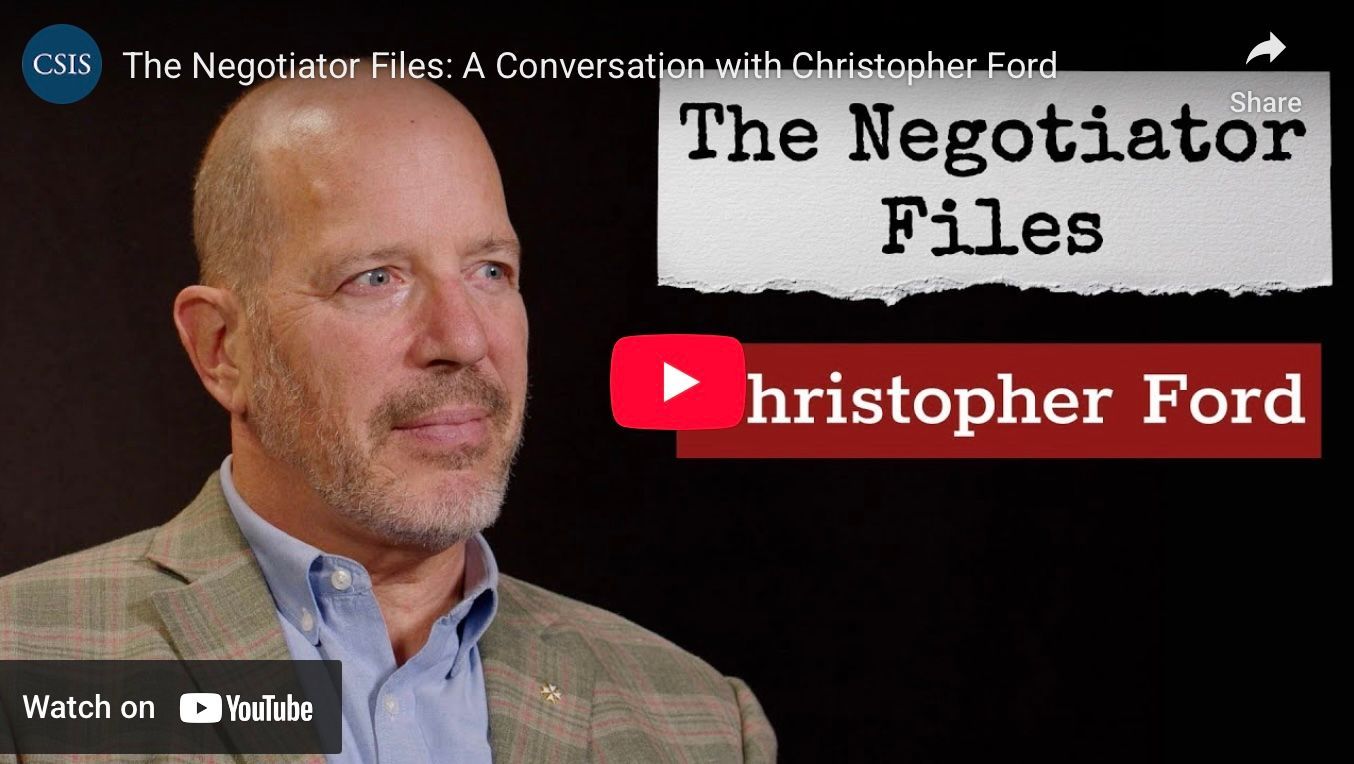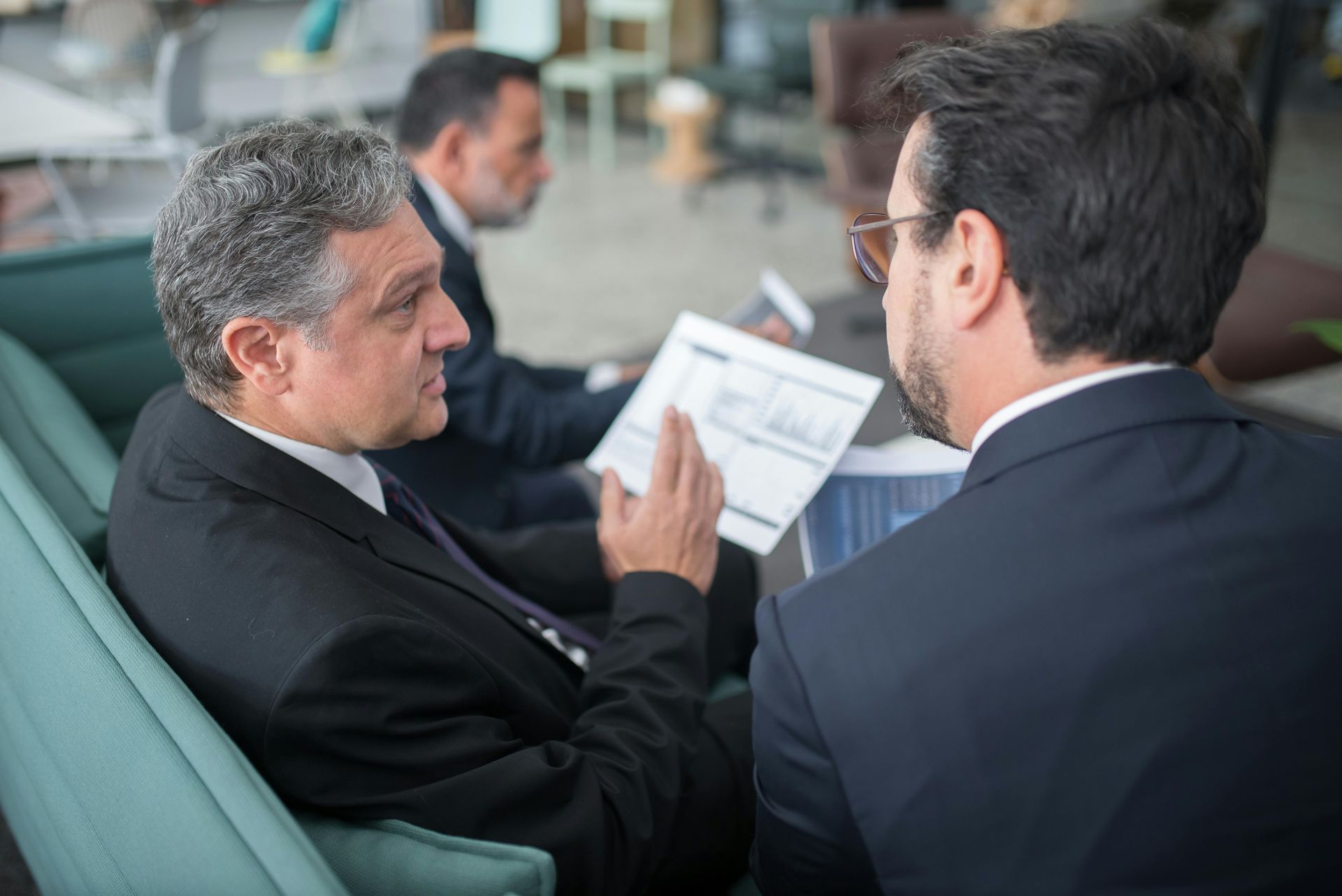U.S. Leadership and Security Against Nuclear Terrorism
Note:
Below is the text upon which Dr. Ford based his remarks to a conference on “ Combating Nuclear Terrorism: Overcoming the Senate Impasse ” held at Hudson Institute on November 13, 2012. The event was sponsored by Hudson and the Connect U.S. Fund.
Good morning, everyone. Let me start by thanking the Connect U.S. Fund for joining with Hudson Institute in sponsoring this event. One of the nice things about the nonproliferation beat is how relatively bipartisan it is. We certainly quibble with each other over certain aspects of the policy agenda, and there have been some major points of division over the years. By the standards of many issues, however – particularly those pertaining to nuclear energy and nuclear weaponry – it’s refreshing to remember how consistent U.S. policy has been on nonproliferation for a long time. It’s one of those arenas in which, as I’ve said before, it really is possible to speak of a broad American agenda and general policy consensus.
The prevention of nuclear terrorism is one of those things, and I doubt you’ll find much disagreement here today over the basic points. The International Convention for the Suppression of Acts of Nuclear Terrorism (ICSANT) was adopted by the U.N. General Assembly in 2005, and in broad terms requires States Party to establish jurisdiction over a range of acts of nuclear terrorism, to make them criminal offenses under national law, and to make them appropriately punishable. The year 2005 saw the negotiation of an amendment to the International Convention on the Physical Protection of Nuclear Materials (CPPNM), which President George W. Bush thereafter transmitted to the U.S. Senate for ratification. This amendment modifies the CPPNM to require States Party to establish appropriate physical protection regimes for nuclear material and facilities used for peaceful purposes, thus closing a significant “hole” in the original convention – which only applied to nuclear materials in international transport. The Senate gave its advice and consent to both treaties in 2008.
Today, however, Congress has before it a “Nuclear Terrorism Conventions Implementation and Safety of Maritime Navigation Act,” which – among other things – would provide U.S. implementing legislation for these two widely-supported agreements. The Act’s provisions include modifying the federal criminal code that applies to conduct endangering the safe navigation of a ship, hence the latter part of the Act’s name. It specifically criminalizes, for instance, using or transporting “any explosive or radioactive material, biological, chemical, or nuclear weapon, or other nuclear explosive device” for terrorist purposes. The federal crime of “terrorism” is also modified more clearly to include nuclear terrorism offenses, and separate prohibitions are provided for possessing radioactive material, making or possessing a nuclear explosive device or a radiological dispersal device (RDD), damaging nuclear facilities, and so forth. (Arms forces activities are exempt, of course, so we’re not criminalizing our own weapons program.)
ICSANT entered into force in 2007, but the fate of the Act pending in Congress has particular implications for the international fate of the 2005 amendment to the CPPNM, which will only take effect if ratified by two-thirds of the parties to that Convention. Quite a few states have yet to do this. As I noted, the Senate has given advice and consent to both measures, but other countries are watching our progress with the related implementing legislation. This is a question of U.S. leadership in the nonproliferation arena, for there is concern that it may become very hard to persuade others that their ratification is a good idea if we ourselves find implementing legislation impossible to accept.
I’ll leave it to others to discuss in detail the reasons for the present Congressional hang-up, but my understanding is that there is disagreement over provisions applying the death penalty to nuclear terrorism and expanding wiretapping authority in nuclear incident investigations – measures which were requested by the Obama Administration but rejected, principally by Democrats on the House Judiciary Committee, as government overreaching unnecessary to the urgent task of implementing the treaties. The House passed the Act without these provisions, but an amendment sponsored by Senator Charles Grassley (R-Iowa) in the Senate Judiciary Committee seeks to put them back in. (There’s also a minor technical fix at issue, having to do with the definition of a public transportation system.)
Senator Patrick Leahy (D-Vermont) claims that the main holdup right now is an anonymous Republican “hold” on the bill, but of course even if this were overcome there still remains the problem of the differences that now exist between the House and would-be Senate version. For their part, Senator Grassley’s staffers say his amendment is acceptable to Senate Republicans, but suggest that it is being held up by the Democrats. I’m told by contacts on the Hill that there is little optimism that the legislative process will be able to move quickly enough to complete approval by the end of the year.
On the positive side, it sounds to me like agreement is likely at some point. It may, however, take the next Congress to do it. For my part, let me say that I do hope the stalemate is overcome soon, for it clearly is necessary to pass implementing legislation for these two widely-supported agreements, which are important to our national security. U.S. leadership on this matter may also be necessary to help build momentum for ratification of the CPPNM amendment in a number of other countries that, frankly, need these agreements to help close gaps in their criminal laws pertaining to nuclear terrorism even more urgently that we do. As President Bush observed in forwarding the CPPNM amendment to the Senate in 2007, and as Obama Administration officials have repeated, it is indeed “ important in the campaign against international nuclear terrorism and nuclear proliferation.”
The issue of maintaining U.S. leadership, in fact, is also important here in broader, principled terms. The United States has shown exemplary leadership on a range of nonproliferation issues for quite a few years, and it would be a shame to tarnish our image here. On specific matters related to the prevention of nuclear terrorism and nuclear weapons proliferation more broadly, for instance, American diplomats have been at the forefront of the international community on a number of important issues over the last decade, including in pioneering the Proliferation Security Initiative (PSI) to facilitate interdiction of weapons of mass destruction (WMD)-related international transfers, and in developing the Global Initiative to Combat Nuclear Terrorism (GICNT) to enhance nuclear security and improve accounting, control, and protection of nuclear and radiological material, and to detect and suppress nuclear trafficking. We have also been the global leader in mobilizing support for nuclear nonproliferation policies related to state proliferators, such as with Iran beginning with the Natanz revelations of August 2002, with Iraq beginning well before that under the administrations of George H.W. Bush and Bill Clinton, and in dismantling the Libyan WMD program in 2003-04.
This isn’t an area in which Washington can or should “lead from behind,” for America has an important role to play both in modeling nonproliferation seriousness for others and in helping pressure them into themselves adopting global “best practices” such as are represented in ICSANT and the CPPNM amendment. I thus add my voice to the others here today who are urging Congress to work out its differences and pass this implementing legislation.
As we look to the future beyond simply this narrow legislative question, however, let me put on my gadfly had and say a word to urge U.S. leadership on an additional matter. Many of you may have missed it, and one certainly didn’t hear administration officials talking about it before the election, for to the extent that their political message mentioned nuclear security at all, it was merely to suggest that the 2010 and 2012 “Nuclear Security Summits” were in the process of solving the problem of “loose” material usable by terrorists – as indeed President Obama so implausibly promised in 2009 to bring about “ within four years. ” In September 2012, however, the Government Accountability Office (GAO) issued a report describing persisting and significant gaps in security measures surrounding radiological sources stored at medical facilities around the United States.
This issue of radiological security – outright ignored at President Obama’s signature Nuclear Security Summit in Washington in 2010, and mentioned essentially only in passing at the second one in Seoul earlier this year, but even then apparently over the objections of the Obama Administration – is a serious one. Radiological sources, of course, are the active ingredients in an RDD (a.k.a. “dirty bomb”), which is easier to make than a nuclear weapon, and could still cause enormous disruption in any major urban area. Such weapons can be constructed by terrorists fairly easily, for doing so requires only conventional explosives and radioactive material of the sort many hospitals and research centers keep on hand.
Thankfully, no one has yet set off such a device, though Chechen terrorists left a container of cesium in a Moscow park in 1995 – apparently to make a point – and a “dirty bomb” was reportedly found and defused in Chechnya in 1998. Al-Qaeda is thought to have been interested in RDDs for some time, and would-be terrorist Jose Padilla reportedly conspired with Khalid Sheik Mohammed in a “dirty bomb” plot before his capture in 2002.
There are, by various estimates, between 100,000 and one million radioactive sources worldwide, many of which might be usable in a “dirty bomb.” According to the U.S. National Nuclear Security Administration, “ [m]any … radiological sources at sites around the world … have been abandoned or orphaned; others are poorly guarded, creating a significant risk of theft or sabotage.” Alarmingly, GAO’s September 2012 report suggests that we even do a surprisingly poor job of securing our own radiological sources. So here’s an area relevant to security against nuclear terrorism in which the U.S. Government seems to have fallen down on the job. Leadership is needed here too, and we clearly need to do better.
Anyway, I look forward to our discussions here today. Thanks for listening.
-- Christopher Ford









